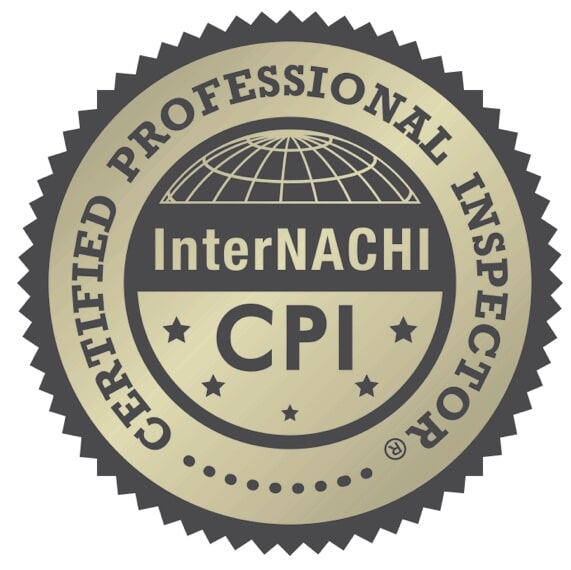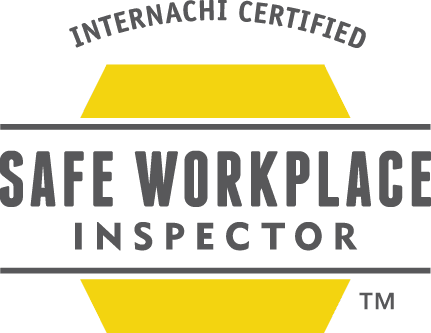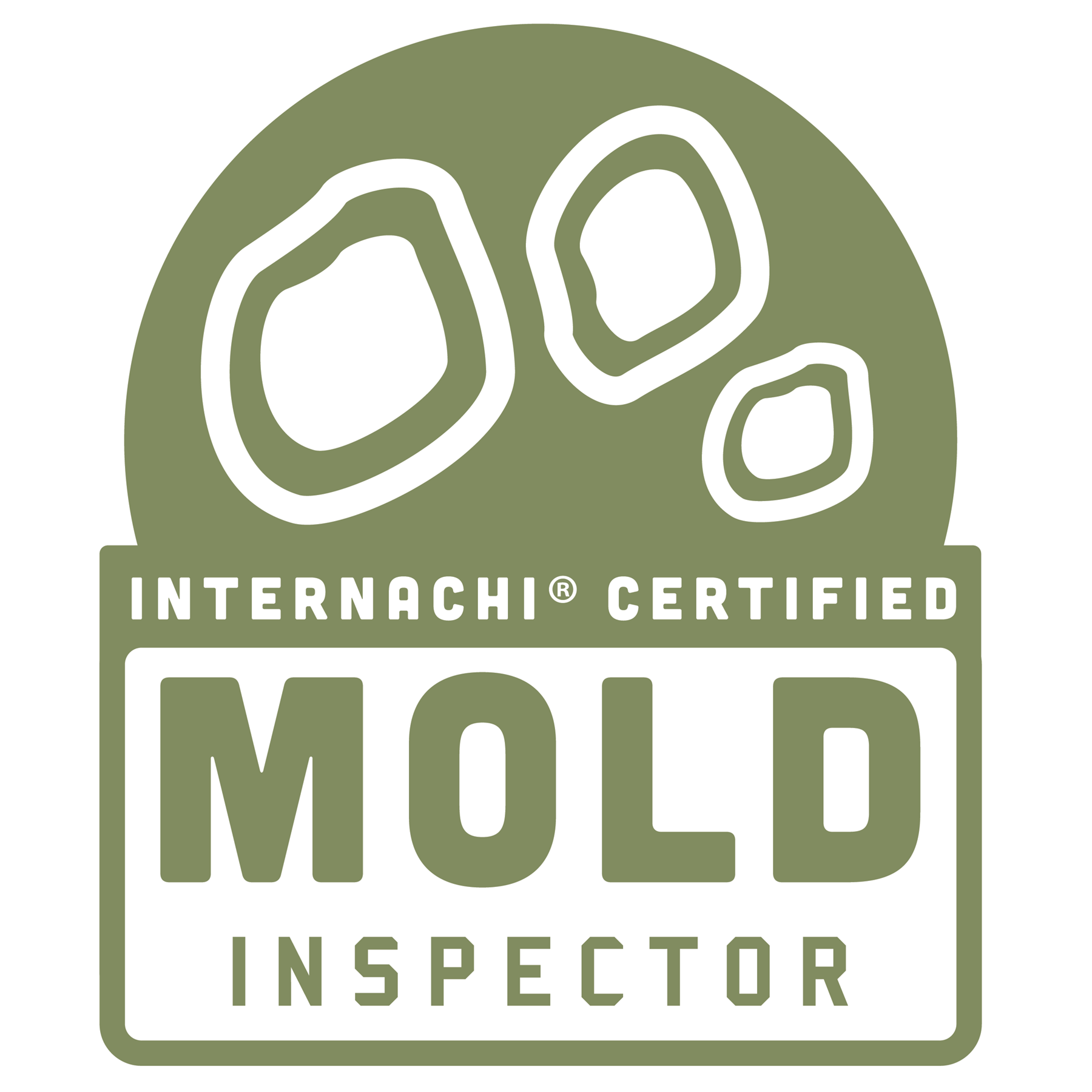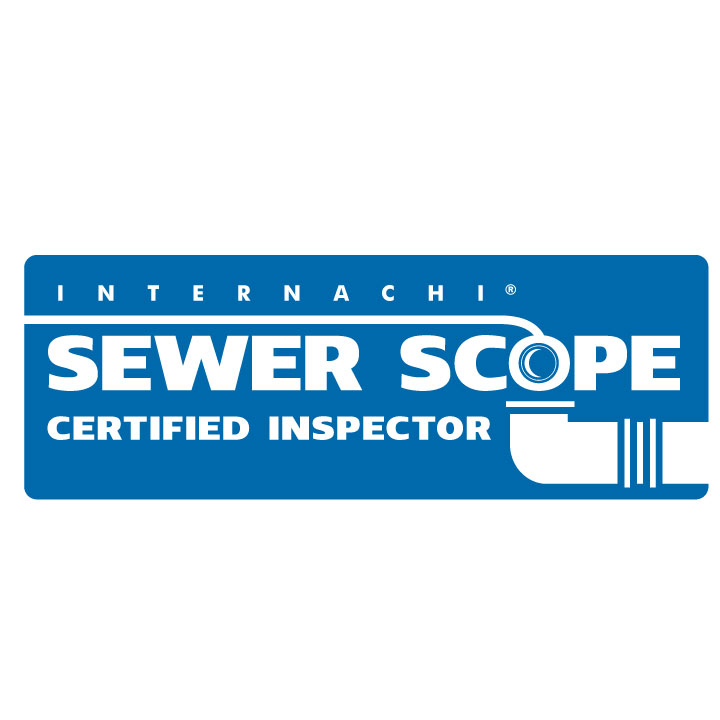Follow Us x
Need a Radon Testing in Bozeman & Big Sky, MT? Call Hunter Homes: Inspection & Consulting
What is radon?
Radon is a radioactive gas. It is colorless, odorless, tasteless, and chemically inert. Unless you test for it, there is no way of telling how much is present.
Radon is formed by the natural radioactive decay of uranium in rock, soil, and water. Naturally existing, low levels of uranium occur widely in Earth's crust. It can be found in all 50 states. Once produced, radon moves through the ground to the air above. Some remains below the surface and dissolves in water that collects and flows under the ground's surface.
Radon has a half-life of about four days-half of a given quantity of it breaks down every four days. When radon undergoes radioactive decay, it emits ionizing radiation in the form of alpha particles. It also produces short-lived decay products, often called progeny or daughters, some of which are also radioactive.
Unlike radon, the progeny are not gases and can easily attach to dust and other particles. Those particles can be transported by air and can also be breathed.
The decay of progeny continues until stable, non-radioactive progeny are formed. At each step in the decay process, radiation is released.
Sometimes, the term radon is used in a broad sense, referring to radon and its radioactive progeny all at once. When testing measures radiation from the progeny, rather than radon itself, the measurements are usually expressed in working level (WL) units. When radiation from radon is measured directly, the amount is usually expressed in picocuries per liter of air (pCi/L).
What is the "acceptable" level of radon in air?
no level of radon exposure is always safe. However, the EPA recommends homes be fixed if an occupant's long-term exposure will average 4 picocuries per liter (pCi/L) or higher.
Radon Testing
Radon testing is easy and inexpensive. Air-radon levels fluctuate naturally on a daily and seasonal basis. The only way to know if your home has high levels is to test your home. The EPA recommends retesting every 2 years to make sure your levels are below the EPA action level, even with an active mitigation system.











.png)